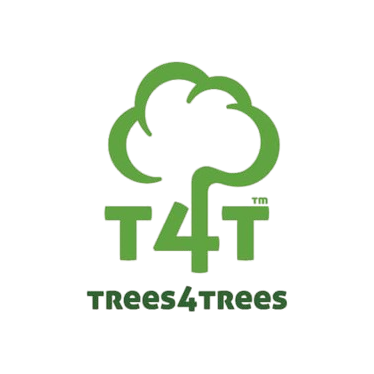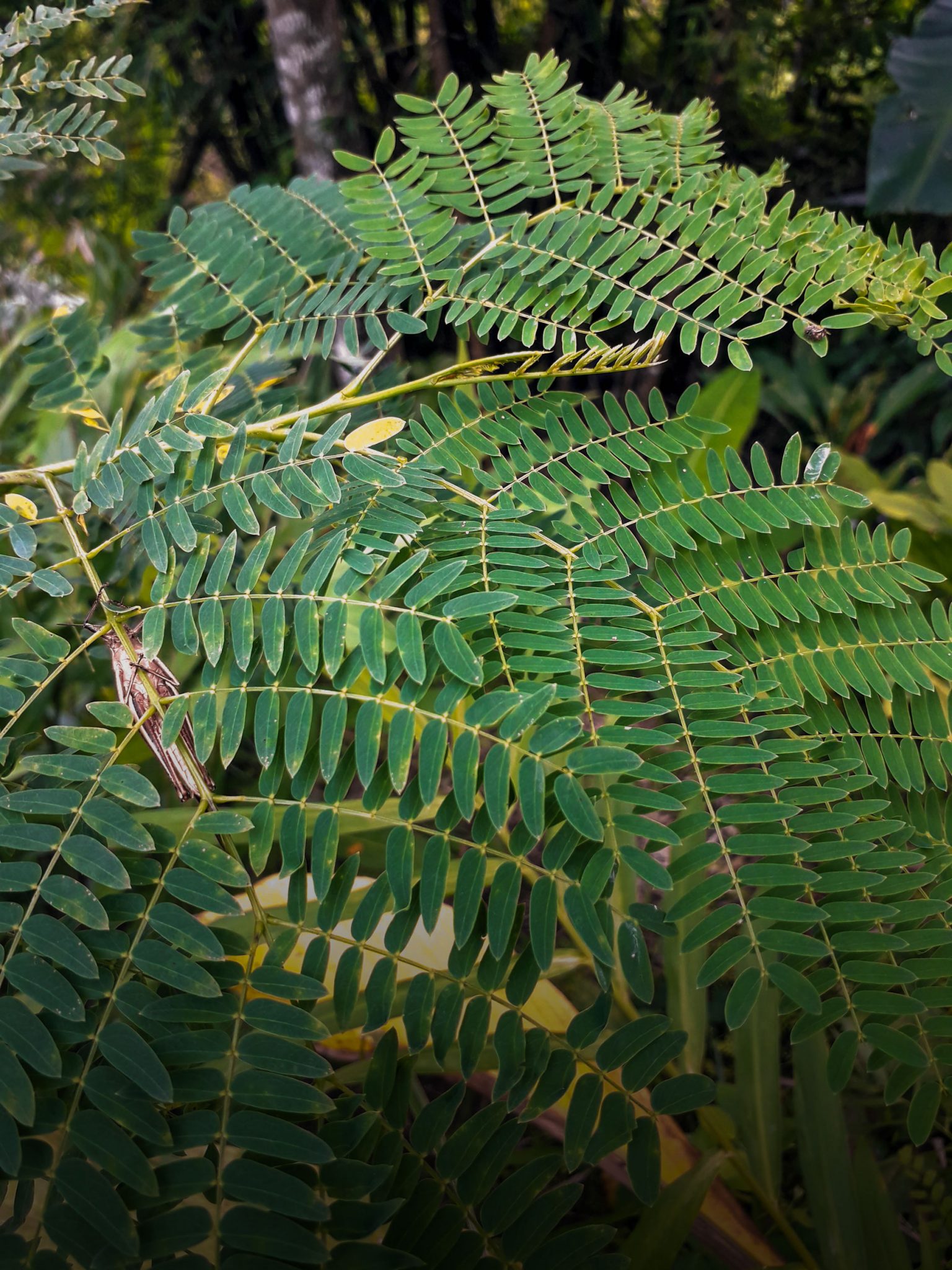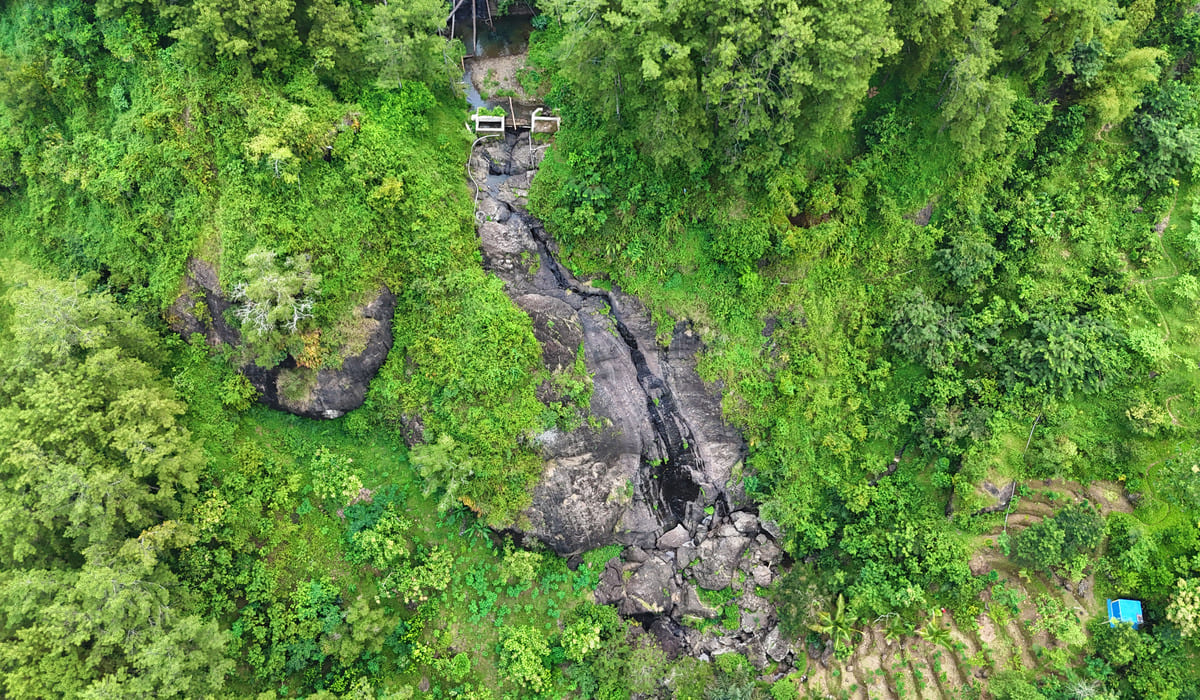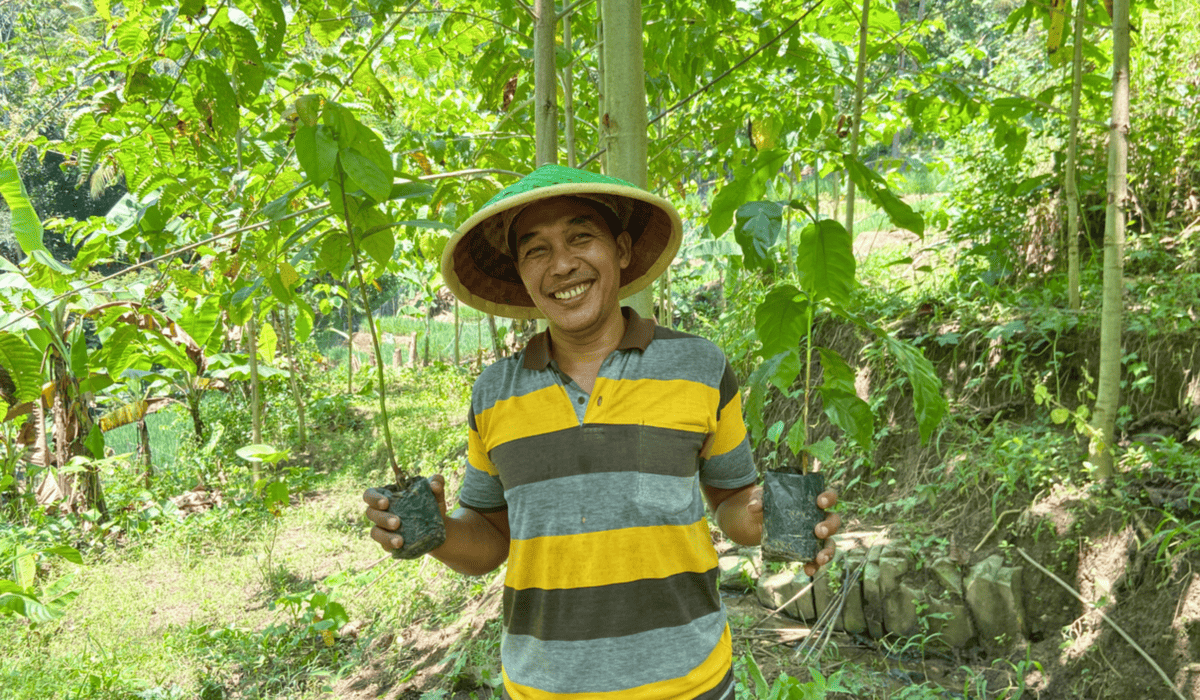Common Name |
Leucaena, Jumpy-bean, jumbay, white leadtree, river tamarind, ipil-ipil, and white popinac |
Description |
Leucaena leucocephala is a small, variably shrubby and highly branched (ssp. leucocephala) to medium-sized tree with a short, clear bole to 5 m, upright angular branching and a narrow open crown (ssp. glabrata), 3-15 (max. 20) m tall, bole diameter 10-50 cm. Bark on young branches smooth, grey-brown, slash salmon pink, darker grey-brown and rougher with shallow, rusty orange-brown vertical fissures and deep red inner bark on older branches and bole. This evergreen plant is deep rooted. It often has a combination of flowers, immature and mature pods all present on the tree at the same time.
L. leucocephala is essentially a tropical species requiring warm temperatures for optimum growth and with poor cold tolerance and significantly reduced growth during cool winter months in subtropical areas. For optimal growth it is therefore limited to areas 15-25 deg. north or south of the equator. L. leucocephala sheds its leaves even with light frosts, and heavy frost kills all above-ground growth, although trees often sprout the following summer. It grows well only in subhumid or humid climates with moderate dry seasons of up to 6-7 months. It thrives under irrigation regimes similar to those applied to maize (i.e. over 1200 mm/year). L. leucocephala tolerates fast fires and can regrow after being burned to the crown by slower fires |
Products |
Food: Pods, seeds, and leaf tips have been used as food, although mimosine toxicity makes this practice risky. In Indonesia, a food called ‘tempe lamtoro’ is made of fermented leucaena seeds or make a local cuisine named “botok” made of Leucaena seed mix with grated coconut and shrimp or eaten fresh as vegetables.
Fodder: L. leucocephala is one of the highest quality and most palatable fodder trees of the tropics, often being described as the ‘alfalfa of the tropics’. The leaf quality compares favorably with alfalfa or lucerne in feed value except for its higher tannin content and mimosine toxicity to non-ruminants. Livestock feed should not contain more than 20% of L. leucocephala, as the mimosine can cause hair loss and stomach problems. Leaves have a high nutritive value (high palatability, digestibility, intake, and crude protein content), resulting in 70-100% increase in animal live weight gain compared with feeding on pure grass pasture. Herbage taken at peak quality has 55-70% digestibility and 20-25% crude protein. In addition, it is very persistent over several decades of cutting or grazing, is highly productive, recovers quickly from defoliation, combines well with companion grasses, and can be grazed with minimal losses from trampling or grazing. Forage, packed in pellets and cubes, is internationally marketed as animal feed. Fuel: L. leucocephala is an excellent firewood species with a specific gravity of 0.45-0.55 and a high calorific value of 4600 cal/kg. Wood burns steadily with little smoke, few sparks and produces less than 1% ash. The tree makes excellent charcoal with a heating value of 29 mJ/kg and good recovery values (25-30%). The addition of ground L. leucocephala to fuel oil for diesel engines was found to involve no harmful agents in the ash. |
Service |
Erosion control: An aggressive taproot system helps break up compacted subsoil layers, improving the penetration of moisture into the soil and decreasing surface runoff.
Shade or shelter: L. leucocephala is used as a shade tree for cocoa, coffee and tea; it generally acts as a shelterbelt, providing shade and wind protection for a variety of crops, especially during early growth. Reclamation: L. leucocephala thrives on steep slopes and in marginal areas with extended dry seasons, making it a prime candidate for restoring forest cover, watersheds, and grasslands. Nitrogen fixing: It has high nitrogen-fixing potential (100-300 kg N/ha a year), related to its abundant root nodulation. Soil improver: L. leucocephala was one of the 1st species to be used for the production of green manure in alleycropping systems. Leaves of L. leucocephala, even with moderate yields, contain more than enough nitrogen to sustain a maize crop. The finely divided leaves decompose quickly, providing a rapid, short-term influx of nutrients. It has even been suggested that the leaves decompose too rapidly, resulting in leaching of nutrients away from the crop-rooting zone before they are taken up by the crop. This also means that they have little value as mulch for weed control. The tree has the potential to renew soil fertility and could be particularly important in slash-and-burn cultivation, as it greatly reduces the fallow period between crops. Boundary or barrier or support: Used as a live fence, firebreak, and live support for vines such as pepper, coffee and cocoa, vanilla, yam, and passion fruit. Intercropping: Leucaena is one of the most widely used species in alley cropping, where it is planted in hedges along contours at intervals of 3-10 m with crops in between. Other services: The dried seeds are widely used for ornamentation |







